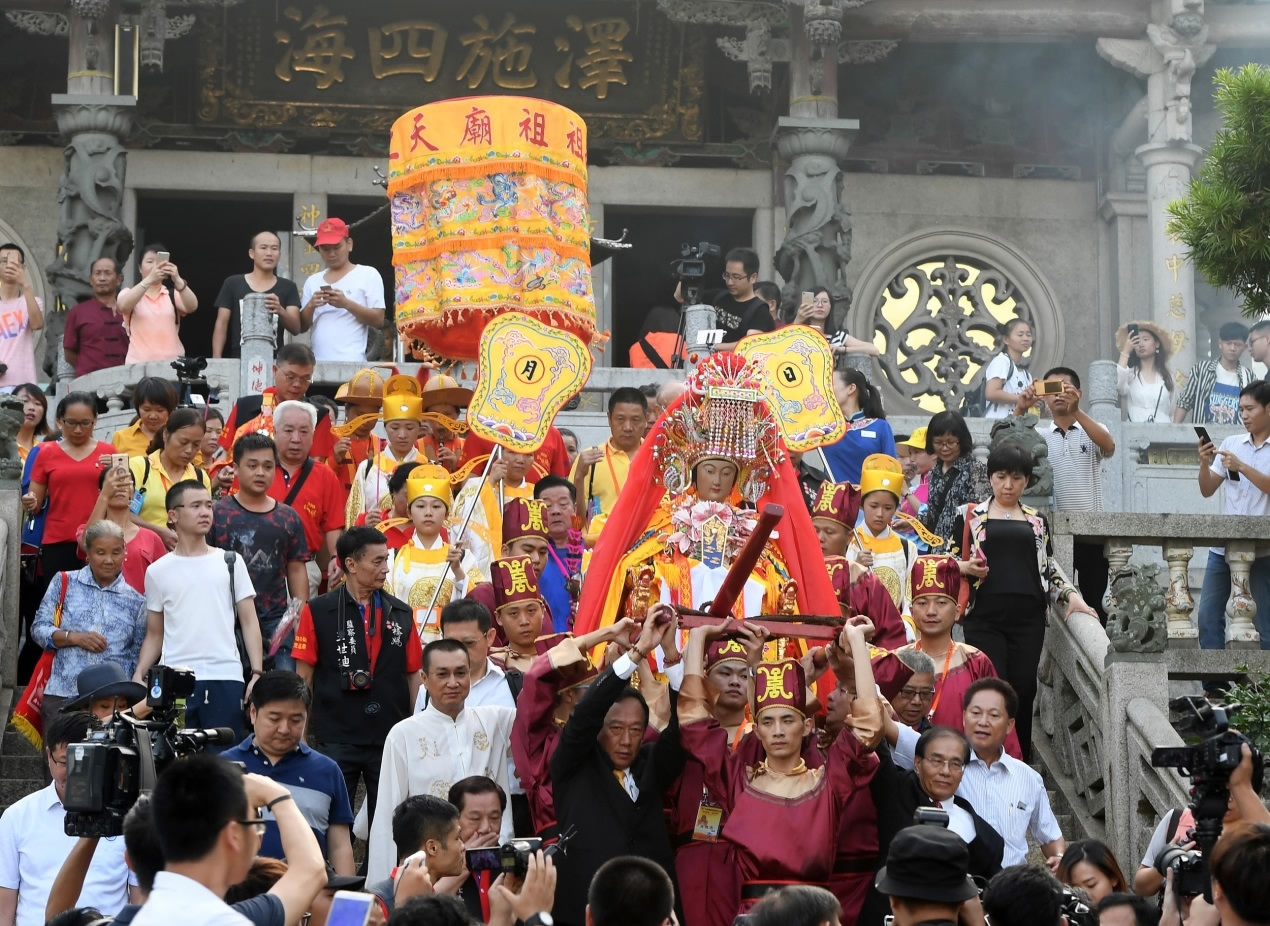
Culture
17:46, 17-Jan-2018
Shared cultural relics and traditions ensure enduring dialogue
By Wang Wei and Yang Ran

Since the mainland and Taiwan resumed contact in the late 1980s, a common historical and cultural legacy has played a significant part in cross-strait dialogue.
Ancient artifacts, time-honored customs, and a shared literary tradition have all served to invigorate the two-way exchanges.
In recent years, the most prominent cross-strait exchanges related to cultural heritage and have been led by the Palace Museums in Beijing and Taipei.
In 1949, the Kuomintang left for Taiwan with hundreds of thousands of ancient artifacts and artworks, separating them from their original home in the Forbidden City in Beijing.
In 2009, the two prestigious museums reached a landmark arrangement. In addition to regular forums and seminars, they agreed to the mutual loaning of cultural relics.
In the same year, the exhibition "Dilemma of a Monarch" made a sensation in Beijing with nearly 200 antiques from the Taipei institution.
Their success was followed by a series of illustrious events, including a Taipei exhibition that reunited the two sections of a treasured landscape scroll painted in the 14th century.

/VCG Photo
/VCG Photo
The digital era opened up new possibilities in the cyber world. Museums and research institutions have been building elaborate virtual displays and bringing them to eager compatriots on both sides of the strait.
The mainland and Taiwan are bound together by a common cultural ancestry that goes back thousands of years.
Over the past three decades, as the two-way exchanges have expanded and deepened, treasured relics such as the terracotta warriors have toured the island, and intensified the local yearning to get more in touch with their cultural roots.
Besides for ancient artworks and artifacts, people on both sides of the Strait also share many time-honored customs and traditions.
Over the past 30 years, there have been frequent exhibitions, forums and seminars on Chinese herbalist medicine, the Mazu worship, and historical and legendary figures such as Confucius and Guan Yu, especially in coastal provinces such as Fujian.
In publishing, the cross-strait dialogue has been equally vibrant and enduring. More Taiwan readers came to appreciate the works of mainland literary giants such as Lu Xun, Lao She, Ba Jin and Mao Dun.
Meanwhile, the mainland book market was swept up in a whirlwind of contemporary popular novels and essay collections from the island's leading writers.

SITEMAP
Copyright © 2018 CGTN. Beijing ICP prepared NO.16065310-3
Copyright © 2018 CGTN. Beijing ICP prepared NO.16065310-3